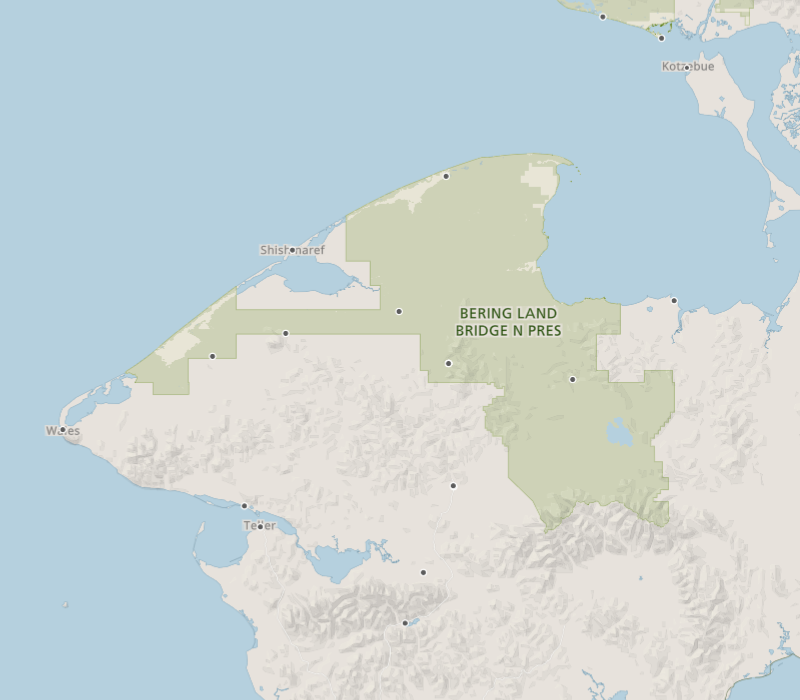
USGS Investigators: Joshua Koch
NPS Investigators: Jonathan O'Donnell
| 2023 | 2024 | 2025 |
|---|---|---|
| $100,000 | $100,000 | $100,000 |
NPS Park: Arctic Inventory & Monitoring Network ( Bering Land Bridge NPres , Cape Krusenstern NM , Gates of the Arctic NP & Pres , Kobuk Valley NP , Noatak NPres )
USGS Center: Alaska Science Center
States: AK
Recent observations from Arctic Alaska indicate that waters draining permafrost landscapes may be susceptible to iron and carbon mobilization following thaw. One visual indication of the altered iron-cycling processes is the abrupt change in the color of stream and river reaches, reflecting a dramatic shift in water quality. The oxidation of subsurface minerals from thawing permafrost is hypothesized to deliver iron and other toxic metals in dissolved and colloidal forms from thawing soils to streams.
Since 2015, abrupt disturbances have been observed in streams throughout the region. These changes coincide with rapid shifts in air and ground temperature in ARCN since 2014 that indicate the thawing of permafrost. Preliminary observations indicate that the emergence of orange streams reflects a decline in water quality and subsequently in stream biota from an increase in the concentrations of toxic metals.
Dramatic shifts in sulfate and iron concentrations and pH (to < 3) in streams near the mine have been attributed to permafrost thaw. These shifts in chemistry suggest that the oxidation of sulfide minerals may be enhanced in thawing terrain, contributing to acidification of surface waters.
The primary objectives of the proposed work are to:
